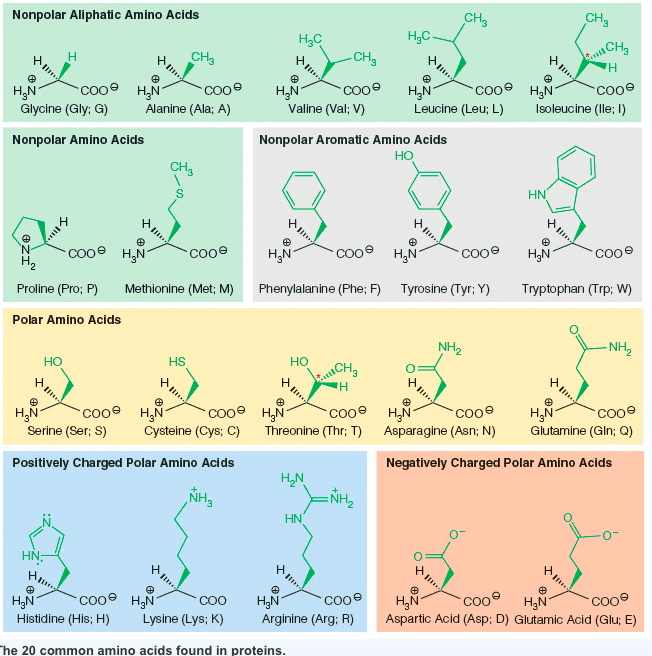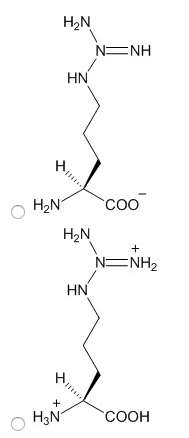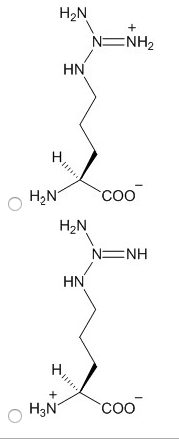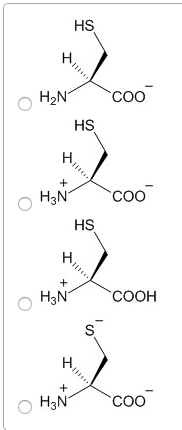Foods and Nutrition 1030E Chapter Notes - Chapter 6: Lysine, Hydrogen Atom, Protein Structure
Document Summary
Protein: chemical compound composed of carbon, hydrogen, oxygen and nitrogen arranged into amino acids linked in a chain, usually made up of 20 common amino acids. Stomach: partial breakdown of proteins, hcl denatures protein structure, activates pepsinogen to pepsin (active, pepsin cleaves proteins into smaller polypeptides & free amino acids. Small intestine: pancreatic/intestinal proteases hydrolyze polypeptides into shorter chains (tripeptide, dipeptide, free amino acids, peptidase enzymes on membrane surface of intestinal cells split tri- dipeptides into single amino acids for absorption. Protein synthesis: transcription: process of messenger rna being made from template of. Protein turnover: continuous synthesis/breakdown of protein, proteins free amino acids as they are broken down. Amino acid pool: amino acids mix w/ amino acids from dietary protein, pattern remains constant, can be used to make body proteins, other nitrogen-containing compounds, used for energy. Amino acids (can also make: other compounds, neurotransmitters, glucose and energy, fats.









